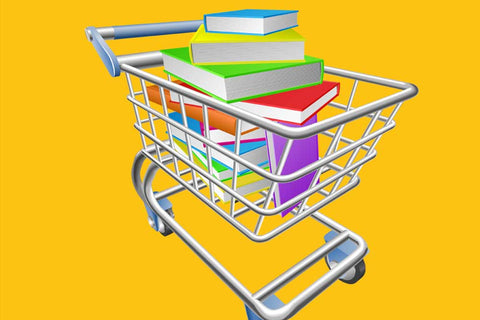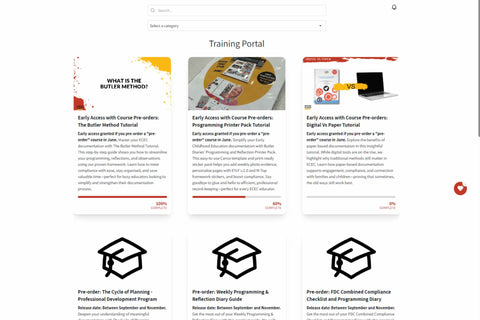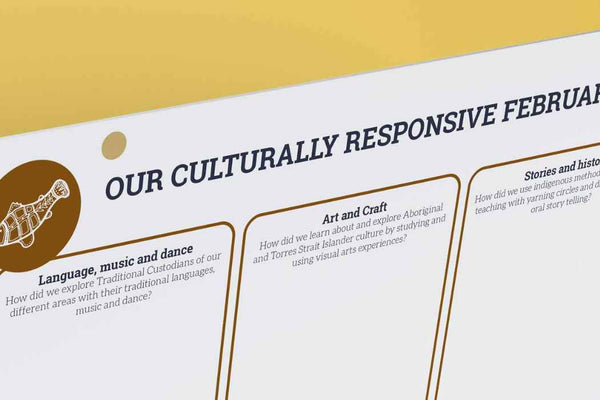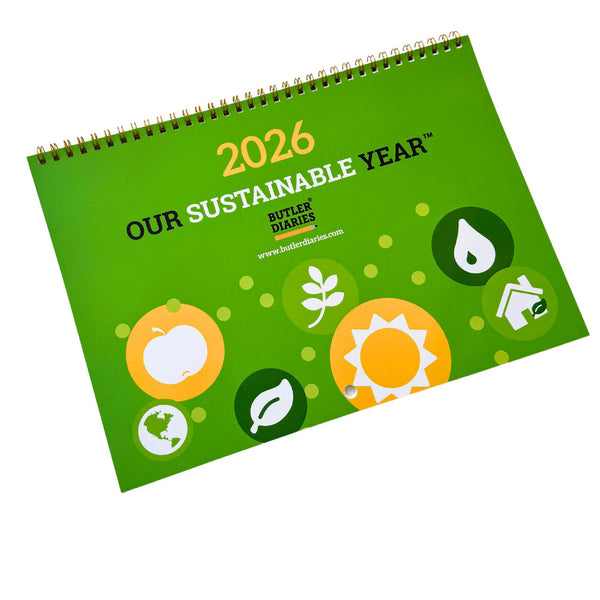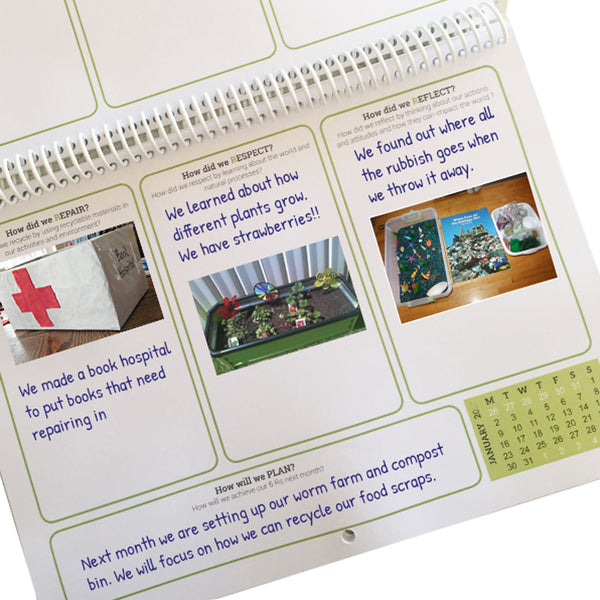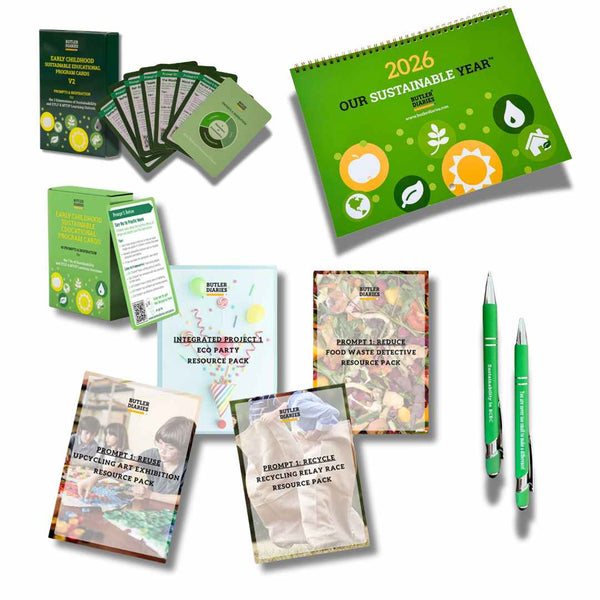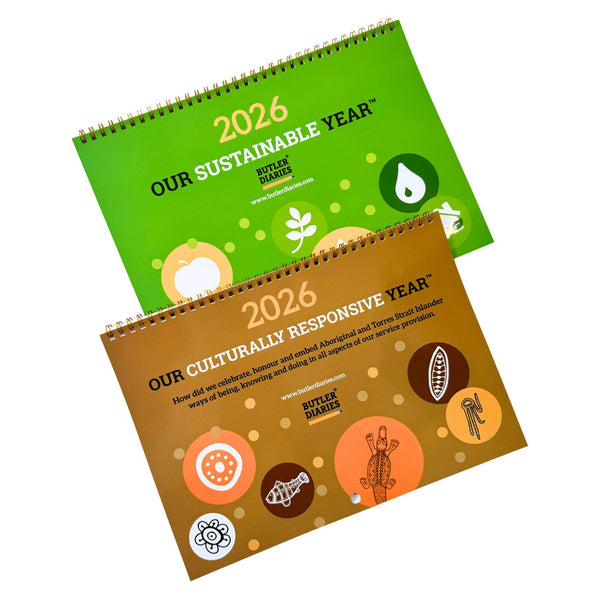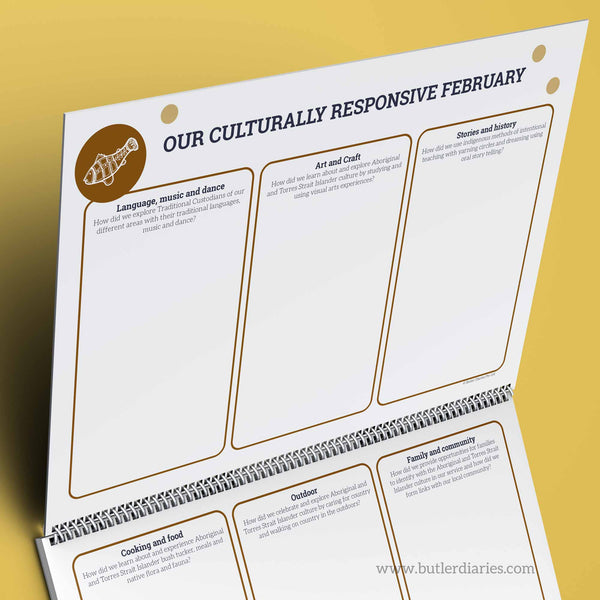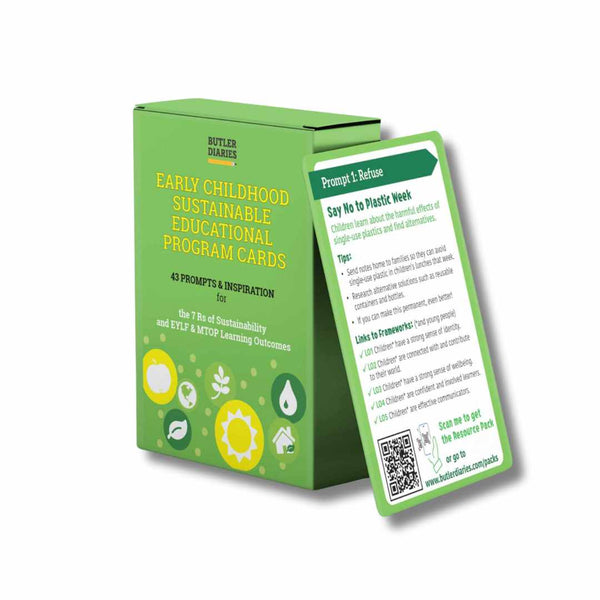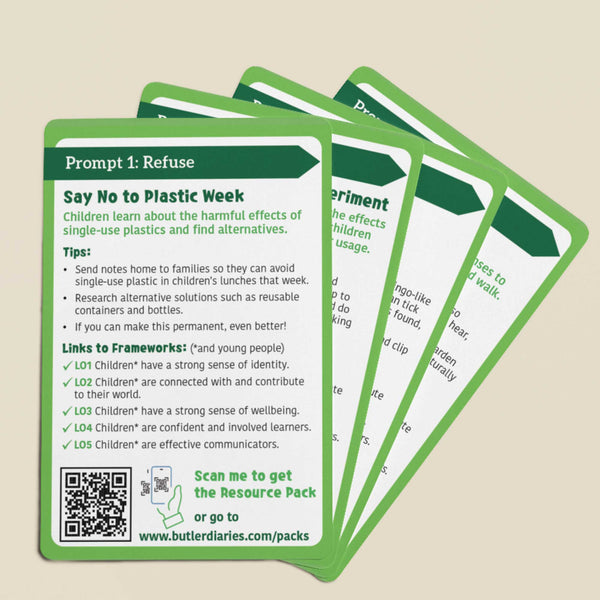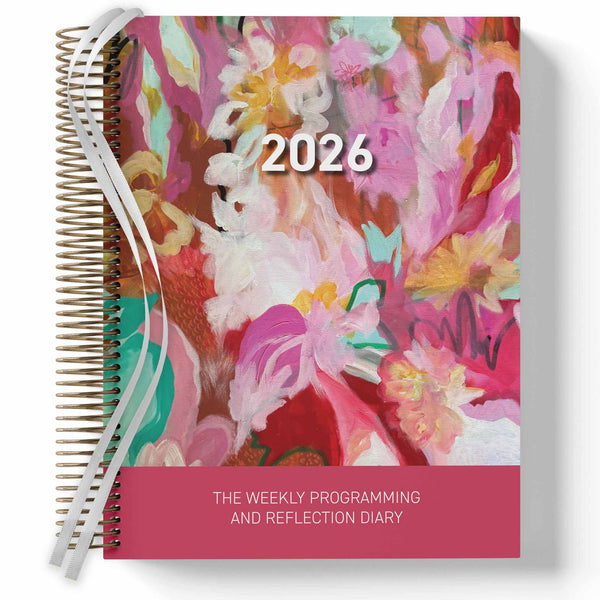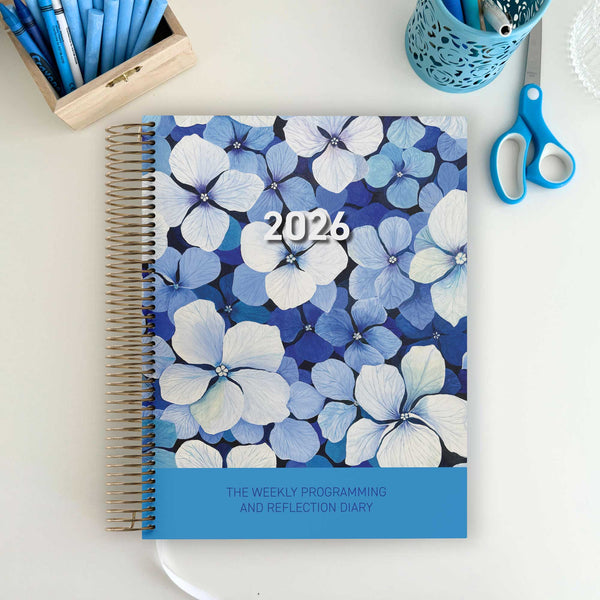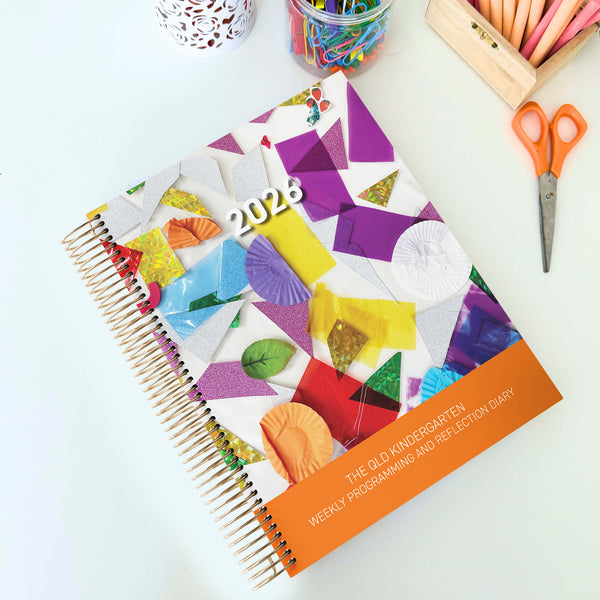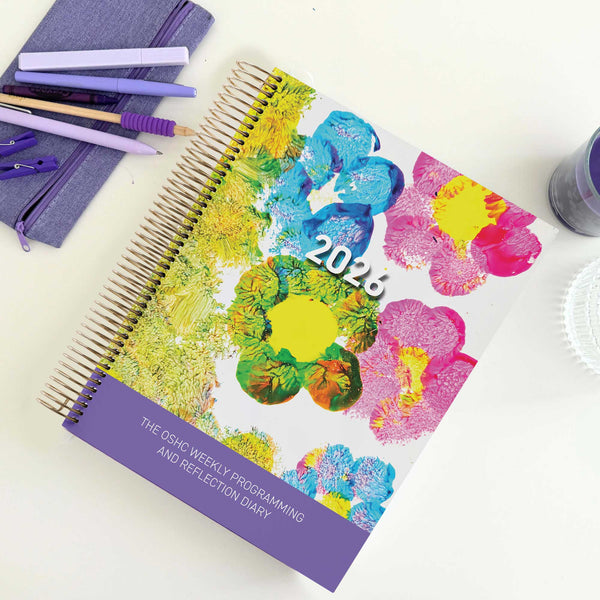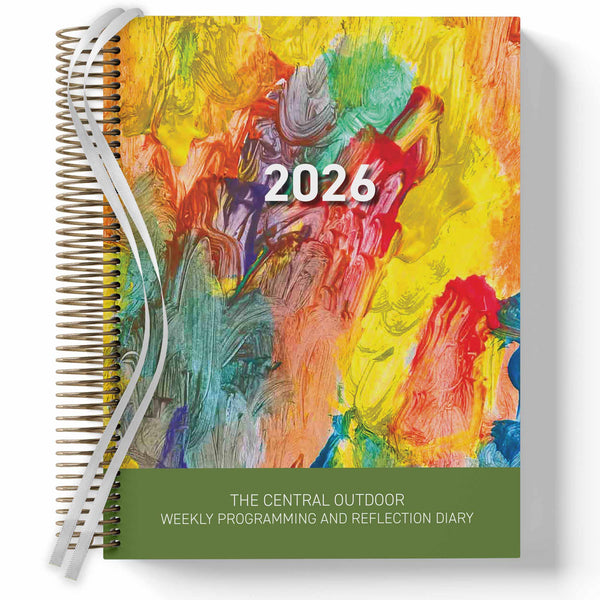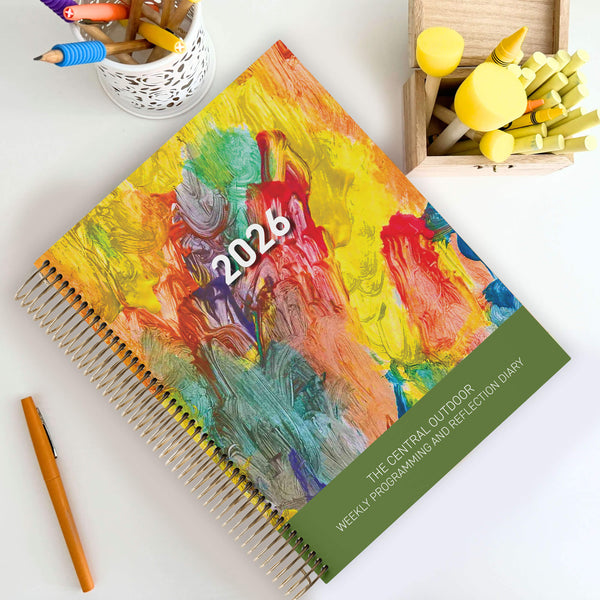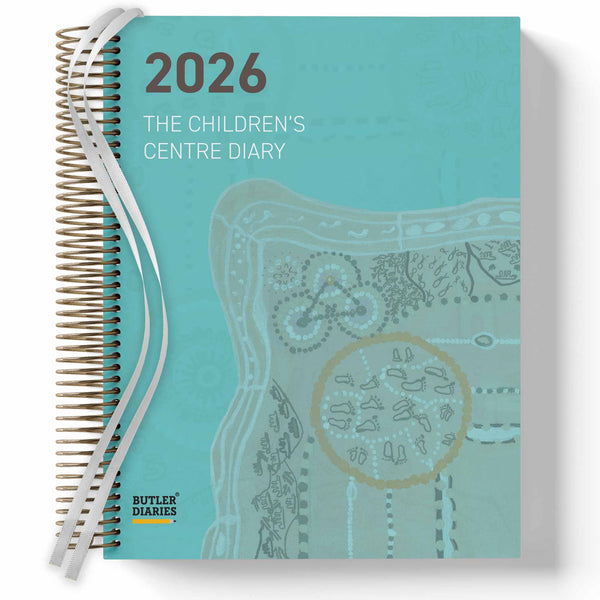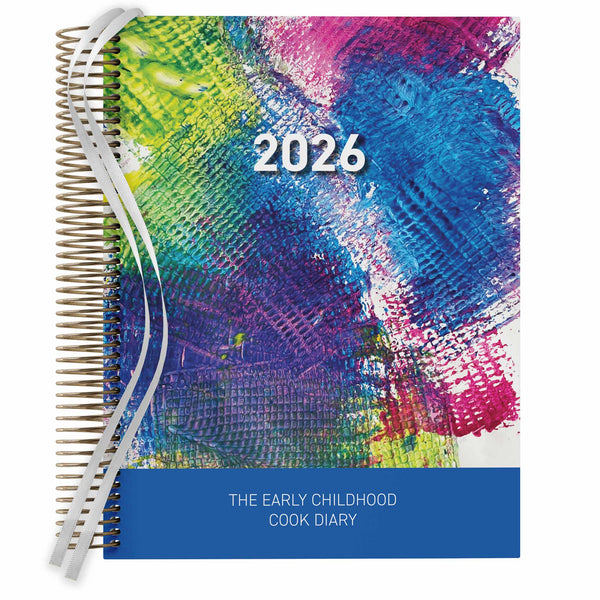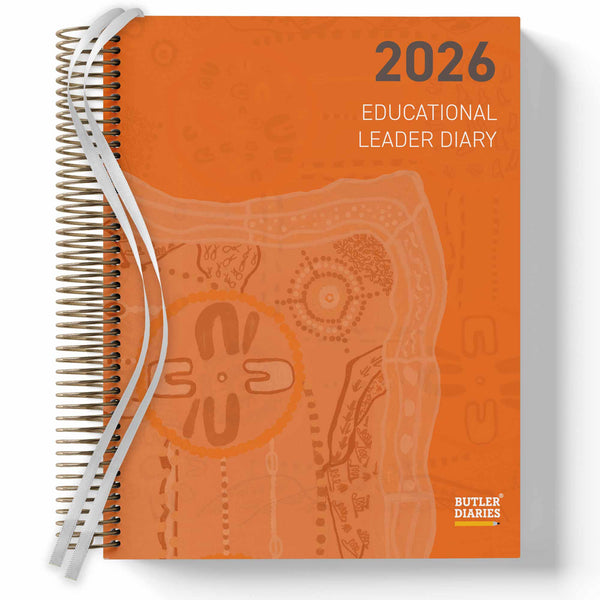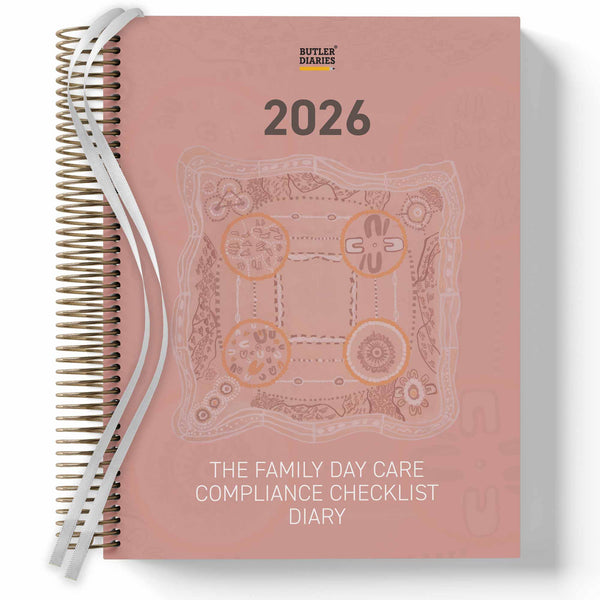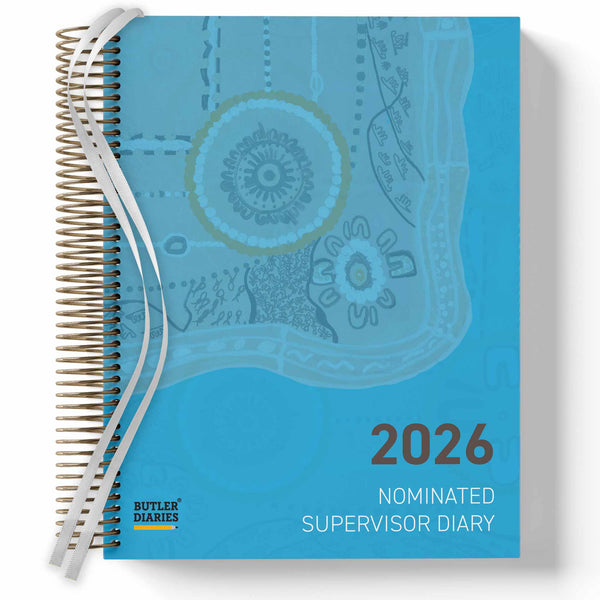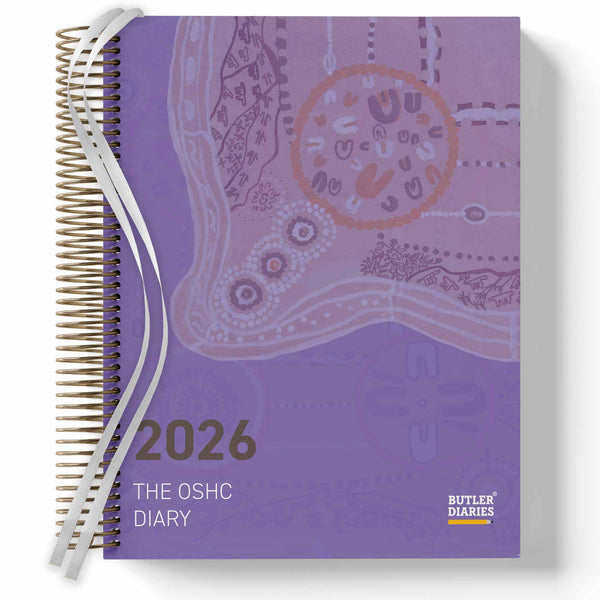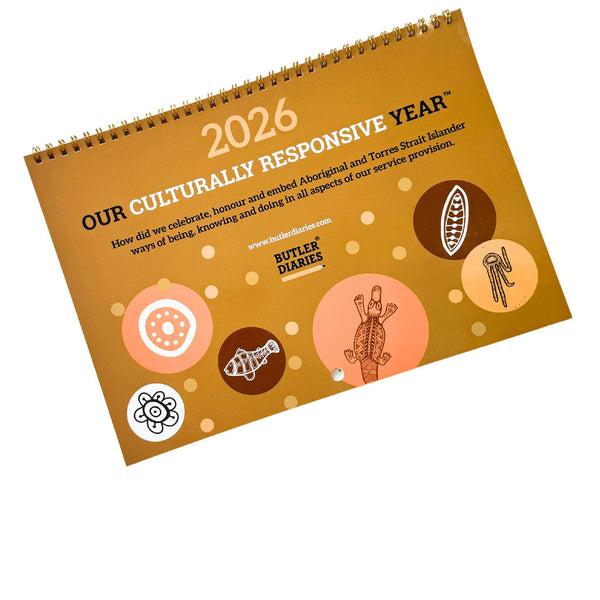The Early Years Learning Framework for Australia (EYLF) Version 2.0 introduces 'Sustainability' as a core principle, recognising its multifaceted nature encompassing environmental, social, and economic dimensions. This addition underscores the importance of fostering sustainable practices and mindsets from an early age, aligning with contemporary research and the Australian Curriculum V9.0.
Understanding the Three Dimensions of Sustainability
-
Environmental Sustainability: Emphasises the care, protection, and enhancement of the natural world, encouraging practices that preserve the environment for future generations.
-
Social Sustainability: Focuses on fostering inclusive, peaceful, and respectful communities, both locally and globally, promoting social cohesion and resilience.
-
Economic Sustainability: Involves adopting practices that support economic development without compromising environmental and social well-being, ensuring a balanced approach to progress.
Integration with the National Quality Standard (NQS)
The principle of sustainability permeates all areas of the NQS, with particular emphasis on:
-
Quality Area 1: Educational Program and Practice
- Standard 1.2: Educators facilitate and extend each child's learning and development.
- Element 1.2.1: Intentional teaching—educators are deliberate, purposeful, and thoughtful in their decisions and actions.
-
Quality Area 3: Physical Environment
- Standard 3.2: The service environment is inclusive, promotes competence, and supports exploration and play-based learning.
- Element 3.2.3: The service cares for the environment and supports children to become environmentally responsible.
-
Quality Area 6: Collaborative Partnerships with Families and Communities
- Standard 6.2: Collaborative partnerships enhance children's inclusion, learning, and well-being.
- Element 6.2.3: The service builds relationships and engages with its community.
-
Quality Area 7: Governance and Leadership
- Element 7.1.1: A statement of philosophy guides all aspects of the service's operations.
Practical Implementation in Early Childhood Education and Care
Educators are encouraged to:
-
Recognise and nurture children's interest in sustainability, empowering them to advocate and act for positive change.
-
Support each child's agency and right to participate actively in matters affecting their lives.
-
Provide meaningful experiences that help children understand their roles and responsibilities within local and global communities.
-
Offer opportunities to explore the interconnected dimensions of sustainability beyond nature conservation, including social justice and economic considerations.
-
Facilitate democratic decision-making processes involving children, fostering a sense of citizenship and community engagement.
-
Reflect on and integrate sustainable practices within all aspects of service operations, continually seeking improvement.
This could look like:
Environmental Sustainability
- Focuses on practices that nurture and preserve the natural world. Examples include recycling, composting, conserving water, and reducing energy use.
- Documenting in the Sustainability Calendar:
- Plan and record regular activities like gardening, tree planting, or waste audits.
- Record "green" milestones, such as achieving waste-reduction goals or introducing new sustainable materials in the classroom.
- Mark days like World Environment Day (5 June) to engage children in global environmental initiatives.
Social Sustainability
- Emphasises building inclusive, respectful communities. Activities promoting kindness, diversity, and cooperation fit within this domain.
- Documenting in the Sustainability Calendar:
- Note cultural celebrations or inclusive events (e.g., NAIDOC Week, Harmony Day).
- Plan activities like creating collaborative artwork or community projects that foster a sense of belonging.
- Reflect on how these practices encourage peace, fairness, and social cohesion in daily programming.
Economic Sustainability
- Involves making thoughtful decisions about resource use to balance economic development with social and environmental well-being.
- Documenting in the Sustainability Calendar:
- Highlight initiatives that reduce resource waste, such as using repurposed materials for crafts.
- Schedule discussions or play-based activities about financial literacy (e.g., "What is money?" or pretend marketplaces).
- Include team planning days to review procurement practices for eco-friendly, cost-effective materials.
You can use our Sustainable Educational Program Cards Deck 2: 3 Dimensions of Sustainability for more ideas on how to practically implement the 3 Dimensions of Sustainability in your service.
Using the Sustainability Calendar in Practice
The Sustainability Calendar serves as both a planning and reflection tool to ensure sustainability is a core focus of your program. Here’s how to make it work:
-
Plan Intentional Activities
Use the Sustainability Calendar to plan sustainability-focused activities in advance, ensuring a balanced approach across all three dimensions. -
Track Engagement
Record observations of children’s participation in activities. Note their developing understanding and interest in sustainability. For example, document conversations during group discussions about recycling or caring for animals. Children can also contribute to the documentation, adding reflections, drawings, and even taking pictures to include. -
Integrate Sustainability with EYLF Outcomes
Align activities with EYLF and MTOP Learning Outcomes. For instance, documenting children’s involvement in a community garden project aligns with Outcome 2: "Children are connected with and contribute to their world." -
Reflect on Practices
Use the Sustainability Calendar as a reflective tool to evaluate how your service promotes sustainability. Use these reflections to improve the following month's practices and program showing a cycle of planning. -
Involve Families
Display the Sustainability Calendar so families can be involved and encourage contributions at home. For example, include notes or prompts for families to engage in activities like upcycling or reducing single-use plastics.
We've broken down experience ideas for all 3 dimensions into the 7Rs of sustainability to help you explore all 3 dimensions and record them in your Sustainability Calendar. You can learn more about the Sustainable Educational Program Cards Deck 2: 3 Dimensions of Sustainability here. They include the experience idea, links to EYLF/MTOP and a resource library to help you implement the experiences.
Reflective Questions for Educators
-
How do our practices embody sustainable development principles?
-
What strategies are in place to incorporate sustainability into our Quality Improvement Plan? For example, if you use the Sustainability Calendar, it includes reflections and notes to be transferred to your QIP.
-
How do we support children in understanding and caring for the environment and recognising the interdependence between people, plants, animals, lands, and waters?
-
Are we addressing all three dimensions of sustainability in our Sustainability Calendar?
- How are we documenting children’s voices and actions in sustainability practices?
By embedding the principle of sustainability into early childhood education, we equip children with the knowledge, skills, and values necessary to contribute to a sustainable and equitable future.
